Matricaria chamomilla
Matricaria chamomilla
1. The products in our compound library are selected from thousands of unique natural products; 2. It has the characteristics of diverse structure, diverse sources and wide coverage of activities; 3. Provide information on the activity of products from major journals, patents and research reports around the world, providing theoretical direction and research basis for further research and screening; 4. Free combination according to the type, source, target and disease of natural product; 5. The compound powder is placed in a covered tube and then discharged into a 10 x 10 cryostat; 6. Transport in ice pack or dry ice pack. Please store it at -20 °C as soon as possible after receiving the product, and use it as soon as possible after opening.
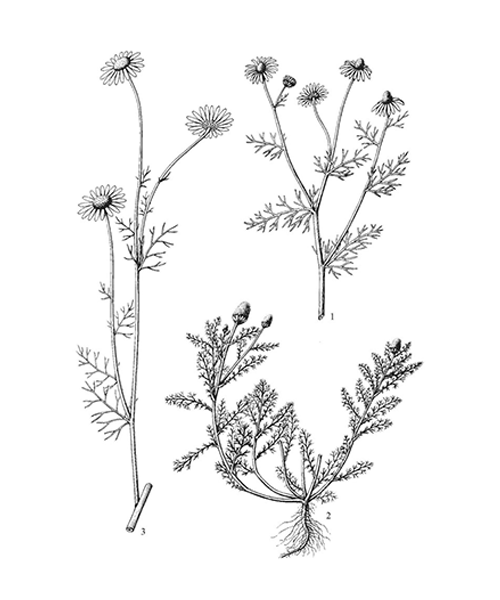
Natural products/compounds from Matricaria chamomilla
- Cat.No. Product Name CAS Number COA
-
BCN2311
Apiin26544-34-3
Instructions
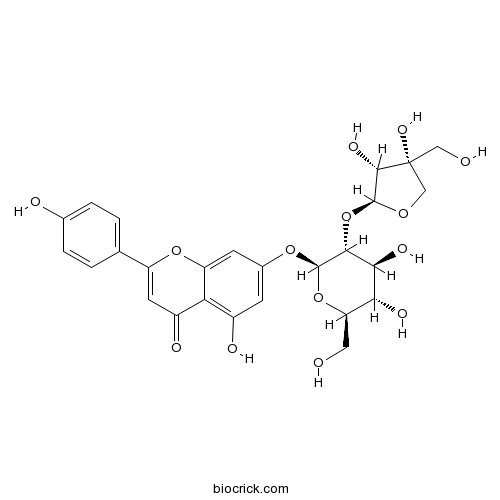
-
BCN5906
Chlorogenic acid327-97-9
Instructions
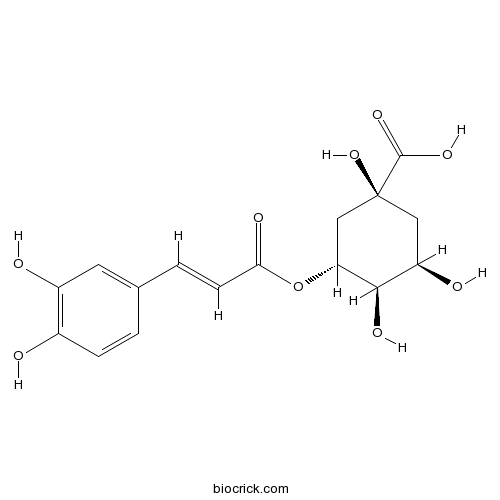
-
BCN3181
Campesterol474-62-4
Instructions
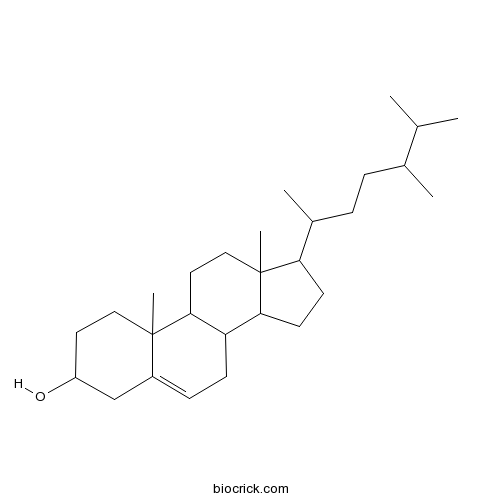
-
BCN1051
Daphnetin486-35-1
Instructions
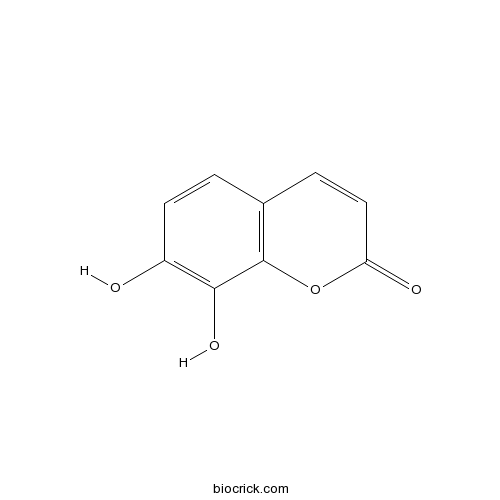
-
BCN2707
7-Methoxycoumarin531-59-9
Instructions
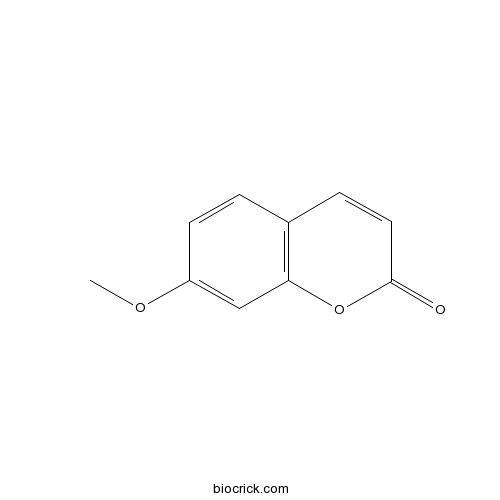
-
BCN5388
Luteolin-7-O-glucoside5373-11-5
Instructions

-
BCN5788
Cosmosiin578-74-5
Instructions

-
BCN4479
Skimmin93-39-0
Instructions

Protective Effects of Matricaria chamomilla Extract on Torsion/ Detorsion-Induced Tissue Damage and Oxidative Stress in Adult Rat Testis.[Pubmed: 29935071]
There is some evidence indicating that Matricaria chamomile (MC) had protective effects on ischemiareperfusion. In the present study, a rat model was used to investigate the effect of hydroalcoholic extract of MC on torsion/detorsion-induced testis tissue damage.
Traditional and ethnobotanical dermatology practices in Romania and other Eastern European countries.[Pubmed: 29908576]
The geographic and ecologic specificity of Romania and other Eastern European countries has resulted in the development of an exceptional diversity of medicinal plants. The purpose of this study was to provide an overview of the ethnobotanical dermatology practices based on the use of medicinal plants in this region. The indications, ethnopharmacologic activities, parts used, and administration of 106 medicinal plants are provided. We also discuss the relative importance of these species, using two modified indices of quantitative ethnobotany: Use Value Index and Relative Dermatologic Importance, which were calculated on the basis of etic constructions (indications and ethnopharmacologic activities). The species identified to have the highest dermatologic importance (on a scale of 100) were Brassica oleracea L. (100), Matricaria chamomilla L. (79.17), Arctium lappa L. (74.82), Daucus carota L. (72.28), Equisetum arvense L. (70.47), Juglans regia L. (69.93), Populous nigra L. (65.94), Symphytum officinale L. (63.59), Chelidonium majus L. (57.78), Calendula officinalis L. (57.78), Achillea millefolium L. (57.43), Melilotus officinalis L. (55.25), Allium cepa L. (51.45), Quercus robur L. (51.08), and Betula spp. (50.91). This preliminary study on ethnobotanical dermatology practices indicates that Eastern European traditional medical knowledge represents an important heritage that is currently underexploited.
Evaluation of the effect of topical chamomile (Matricaria chamomilla L.) oleogel as pain relief in migraine without aura: a randomized, double-blind, placebo-controlled, crossover study.[Pubmed: 29808331]
Phytotherapy is a source of finding new remedies for migraine. Traditional chamomile oil (chamomile extraction in sesame oil) is a formulation in Persian medicine (PM) for pain relief in migraine. An oleogel preparation of reformulated traditional chamomile oil was prepared and then standardized based on chamazulene (as a marker in essential oil) and apigenin via gas chromatography (GC) and high-performance liquid chromatography (HPLC) methods, respectively. A crossover double-blind clinical trial was performed with 100 patients. Each patient took two tubes of drug and two tubes of placebo during the study. Visual analog scale (VAS) questionnaires were filled in by the patients and scores were given, ranging from 0 to 10 (based on the severity of pain) during 24 h. Other complications like nausea, vomiting, photophobia, and phonophobia were also monitored. There was 4.48 ± 0.01 μl/ml of chamazulene and 0.233 mg/g of apigenin in the preparation (by correcting the amount with extraction ratio). Thirty-eight patients in the drug-placebo and 34 patients in the placebo-drug groups (a total number of 72 patients as per protocol) completed the process in the randomized controlled trial (RCT). Adapted results from the questionnaires showed that pain, nausea, vomiting, photophobia, and phonophobia significantly (p < 0.001) decreased by using chamomile oleogel on the patients after 30 min. Results supported the efficacy of chamomile oleogel as a pain relief in migraine without aura.
Experimental and clinical antihypertensive activity of Matricaria chamomilla extracts and their angiotensin-converting enzyme inhibitory activity.[Pubmed: 29656575]
Three different extracts of Matricaria chamomilla L. were evaluated for their antihypertensive activity, these extracts were total alcohol extract (Extract 1), oil extracted (Extract 2), and water lifted after oil extraction (Extract 3). Quantitative and Qualitative analyses were carried out for all extracts. The 3 extracts were proved to be safe for human use. A single oral administration of the plant extracts (200 mg/kg) decreases both systolic and diastolic blood pressure of normotensive rats after 1, 1.5, and 2 hr. Furthermore, groups treated with the evaluated extracts (100 & 200 mg/kg) or Captopril (20 mg/kg) showed a significant reduction in the elevated blood pressure and heart rate. Extract 3 showed the most antihypertensive activity. Serum biochemical parameters and lipid profile levels of treated groups were improved in comparison with induced-hypertensive untreated rats. In evaluation of oxidative damage parameters Glutathione and superoxide dismutase (SOD) in some organs, the investigated extracts or captopril restored the amount of reduced Glutathione in tissues in addition to an increase in the activity of the SOD after a significant depletion of SOD activity. In the clinical study, there was a significant dose dependent decrease in Systolic blood pressure, Diastolic blood pressure, and heart rate compared with their basal values in both normotensive and hypertensive human volunteers after oral administration of Matricaria chamomilla beverages.


